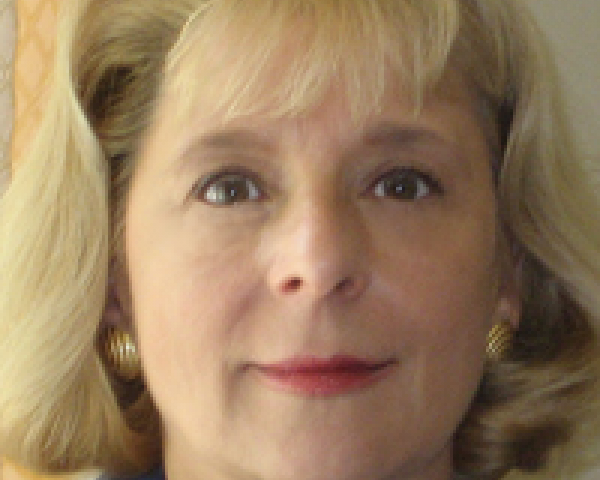- ERM needs to be strategic. First, risks to the strategy must be analyzed as well as operational and other risks. Second, risk mitigation plans for all risks that require a significant commitment of organizational resources need to be documented in the strategic plan to ensure there is proper allocation of such resources. In its fifth annual risk report, PwC has a recommendation that reinforces this idea while adding the element of business continuity planning, “Ensure strong triangulation between strategy, risk management and business continuity management.”
- ERM must be seen to offer insights not only to the downside of risk but also to the upside. How does a given risk offer an opportunity in addition to or instead of a threat? If rising raw material costs are posing a risk to profitability, how can buying consortiums, vertical integration, multi-year contracts or changing the material composition of products pose opportunities? Innovation has a role to play in seeing and responding to the upside of risk. Indeed, risk and managing risk can be catalysts for innovation.
- ERM mitigation plans need to be as bold as necessary to meet the potential impact level posed by the risk. For example, it does little good to mitigate a reputational risk by issuing a statement of corporate values when hiring a new senior team is what is needed. A particular mitigation plan may need to be as big as entering a new market or leaving an established one, moving a manufacturing center to a new location or making a sizeable technology investment to stay competitive or safeguard property.
- Business continuity and disaster recovery plans are not sufficient to create resiliency. Public relations plans are also necessary to support resiliency. When there is a serious, public risk event, stakeholders want to know the what, why and how it will be handled. Companies such as British Petroleum (during the BP oil spill in the Gulf) and Toyota (during the faulty power window allegations and recall) learned that statements by CEOs could make the situation worse than it already was thereby heightening the risk. PR plans need to spell out how the company will communicate in terms of transparency, tone and types of meaningful responses it is prepared to make to address the issue in question.
- ERM must be a continuous process where risks are updated and mitigation plans are monitored and adjusted on a regular basis. Given the pace of change, the ERM process must be as dynamic as the environment within which it exists. When a risk morphs, the actions planned to address it must morph with it, when new risks emerge, tactics to deal with them must be developed. Complacency or slow reaction time will sabotage an ERM process. As such, neither must be allowed to invade the process. If they do, resiliency will surely be sacrificed.
Moving Past ERM: New Focus Is ERRM
When ERM is practiced in a mature and robust fashion, it should boost an organization’s resiliency and add an R to the acronym.








